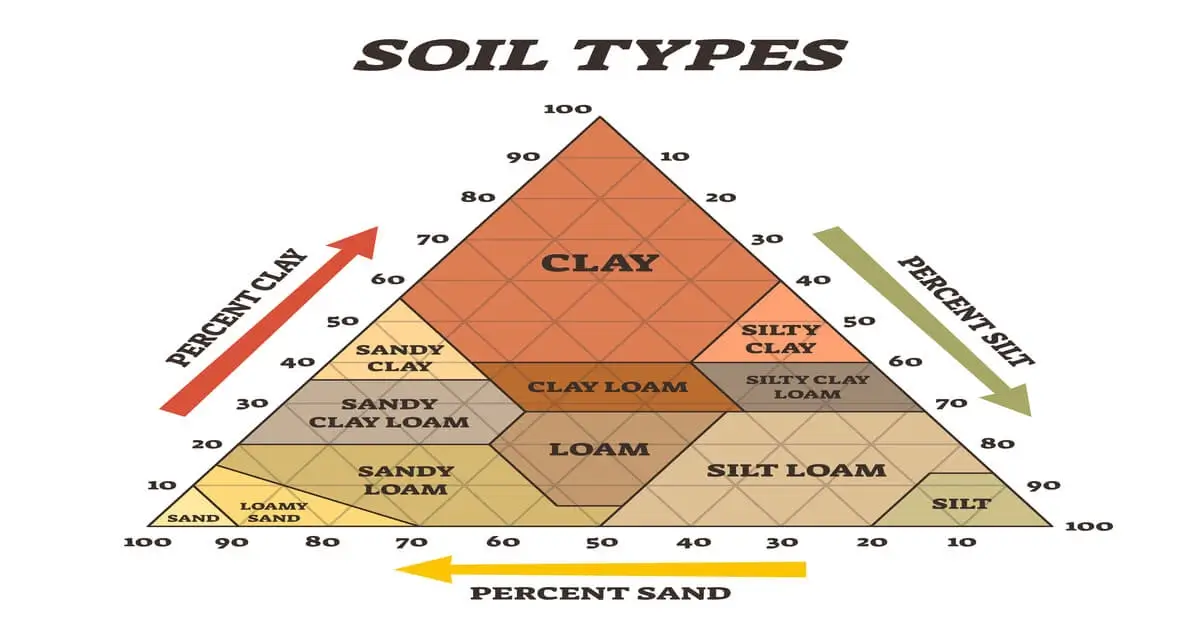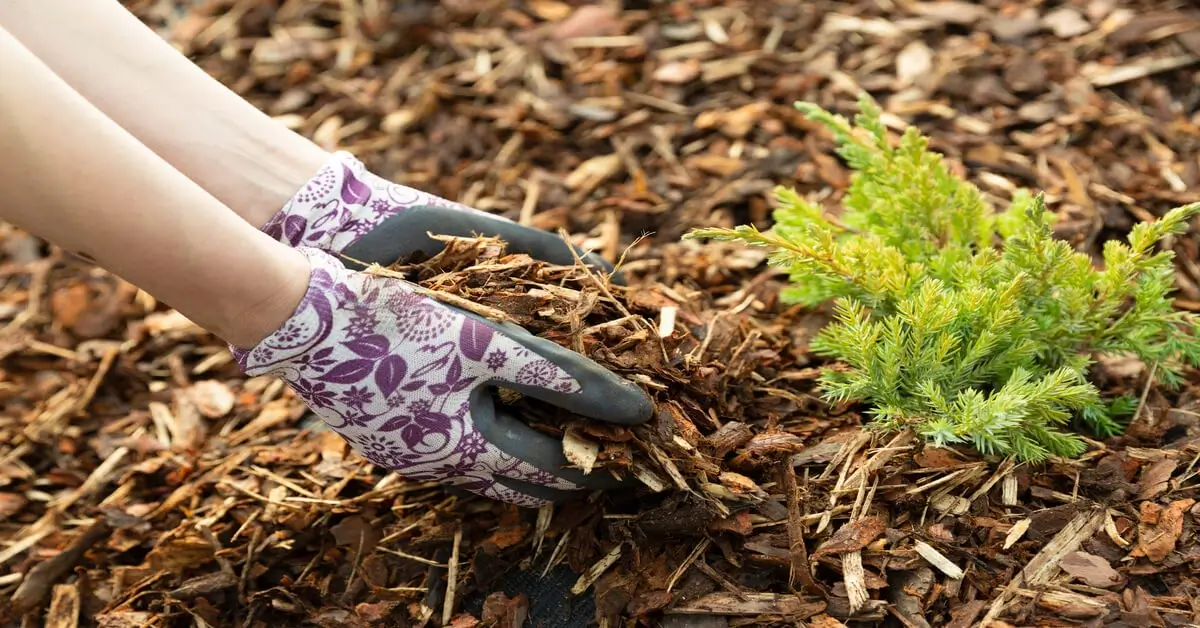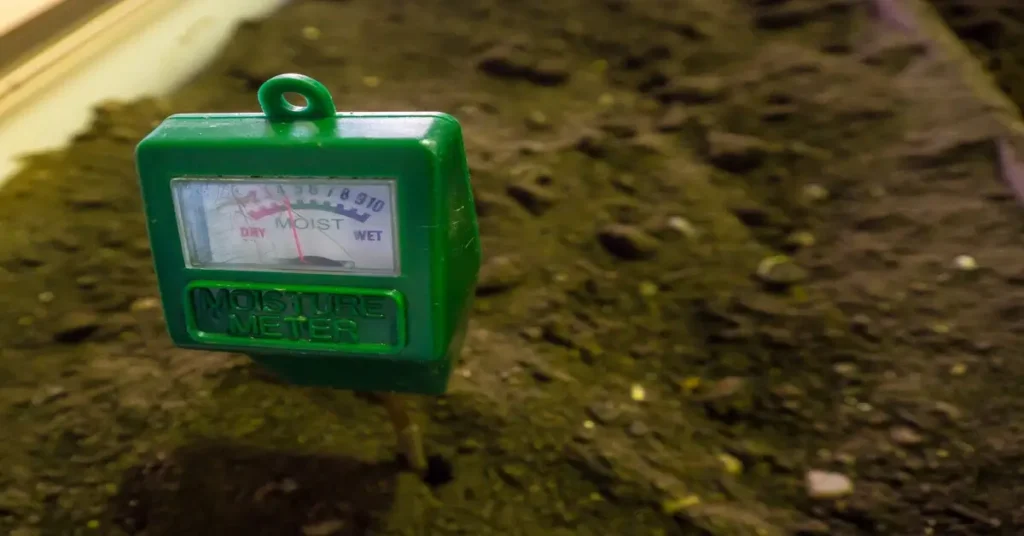For plant enthusiasts and gardners alike, understanding soil moisture is pivotal to ensuring robust plant growth. Soil moisture is more than just the amount of water in the soil. An interplay of soil science, texture, and structure impacts how plants access and use water.
What is Soil Moisture?
Soil moisture refers to the water content within the soil. This water is held in the spaces between soil particles and is essential for plant growth. It’s not just the presence of water but the soil water potential, a measure of the energy required for plants to extract water from the soil, that scientists are interested in.
How Soil Type Affects Water Retention

Different soil types retain varying amounts of water:
Sandy Soil
Sandy soils comprising larger particles tend to drain water quickly. While this means it’s less likely to cause waterlogging, it requires more frequent watering.
Loam Soil
An ideal mix of sand, silt, and clay, loam soil retains moisture effectively, making it suitable for various plants.
Silt Loam Soil
This type holds water longer than sandy soil but offers better drainage than clay-rich soils. It’s beneficial for root crops.
Understanding the specific soil type helps manage soil moisture levels efficiently, ensuring plants get the needed water.
The Role of Soil Structure & Organic Matter
Soil structure refers to how soil particles are grouped. Good structure improves water and nutrient retention. Soil organic matter plays a pivotal role in maintaining soil structure. It enhances the soil’s water-holding capacity and aids in regulating moisture levels within the soil.
Measuring Soil Moisture
To ensure plants have optimal moisture levels, we can use various methods to measure soil moisture:
Volumetric Water Content
This method quantifies the water volume relative to the soil volume using soil moisture sensors. It’s a precise approach adopted by professionals.
Soil Water Tension
This quantifies how strongly water is held in the soil. Instruments called tensiometers help measure this tension, providing insights into available water for plants.
The Soil Science Society of America and other renowned institutions continually refine these measurement techniques, underlining their importance in agricultural soil management.
Managing Soil Moisture: Tips and Tricks

1. Mulching: Mulching the soil surface helps reduce evaporation, retain soil moisture, and moderate soil temperature.
2. Regular Monitoring: Using soil moisture sensors or manual methods ensures the moisture remains within the desired range.
3. Efficient Irrigation: Understanding soil water content helps in optimizing irrigation water usage. Over-watering can compact soil while under-watering stresses plants.
4. Improve Soil Conditions: Incorporating organic matter can significantly improve soil moisture retention.
Soil Temperature and Its Impact
While moisture is crucial, soil temperature also affects plant growth. Cold, wet soil can hinder root development. Therefore, understanding soil moisture and temperature interplay is vital for plant health.
Understanding Water Stress in Plants
Plant water stress can occur due to excess and deficient moisture levels. Recognizing the signs, like wilting or yellowing, and adjusting watering practices based on soil moisture measurements can prevent long-term damage.
The Big Picture
Optimal soil moisture ensures plants have consistent access to the water they need. Too much water can lead to soggy conditions, while too little can cause plant water stress. Understanding soil water availability, related intricacies, and monitoring techniques can create thriving ecosystems, whether in home gardens or expansive agricultural fields.
Maintaining soil moisture is more than just watering plants; it’s an art and science that requires attention to detail, an understanding of soil conditions, and a commitment to plant health.

